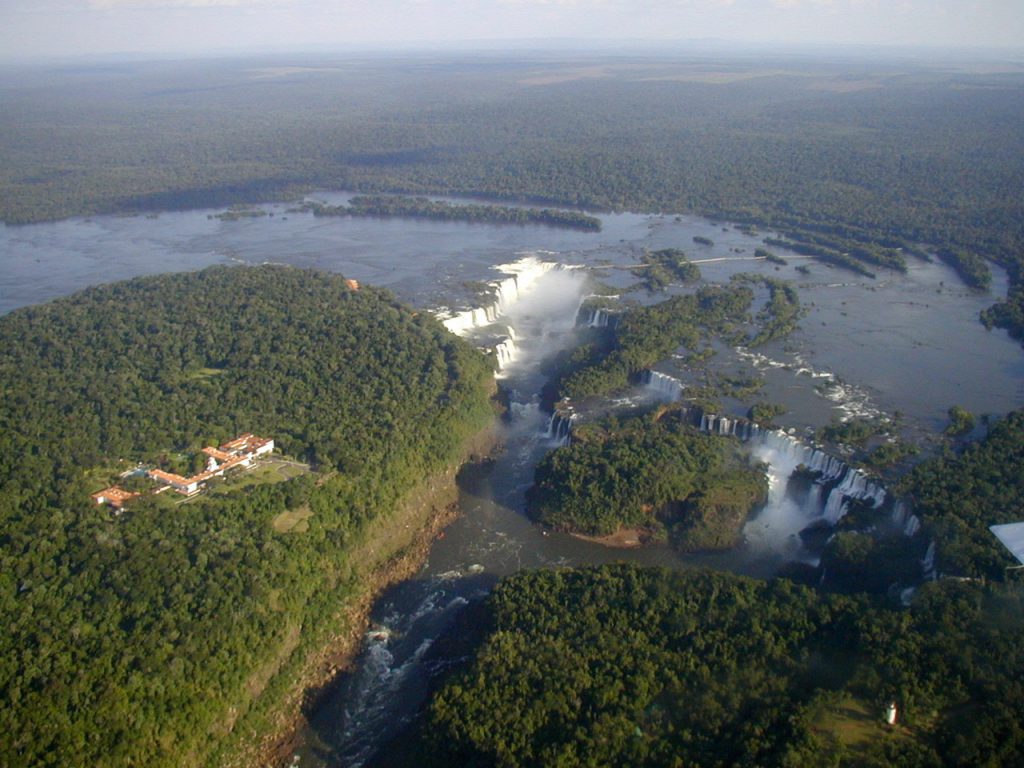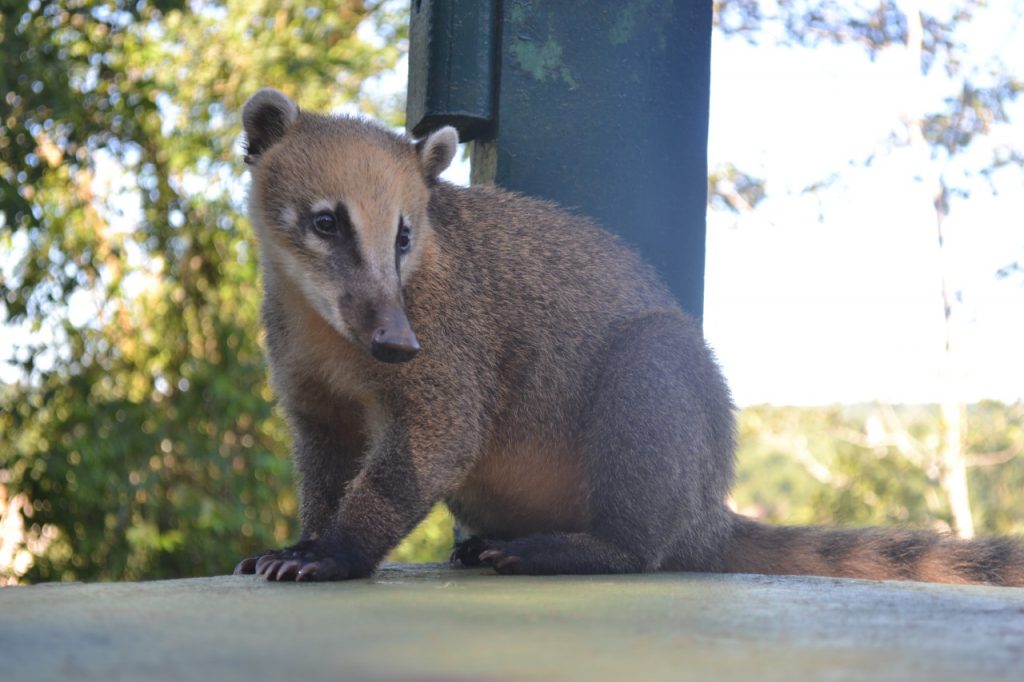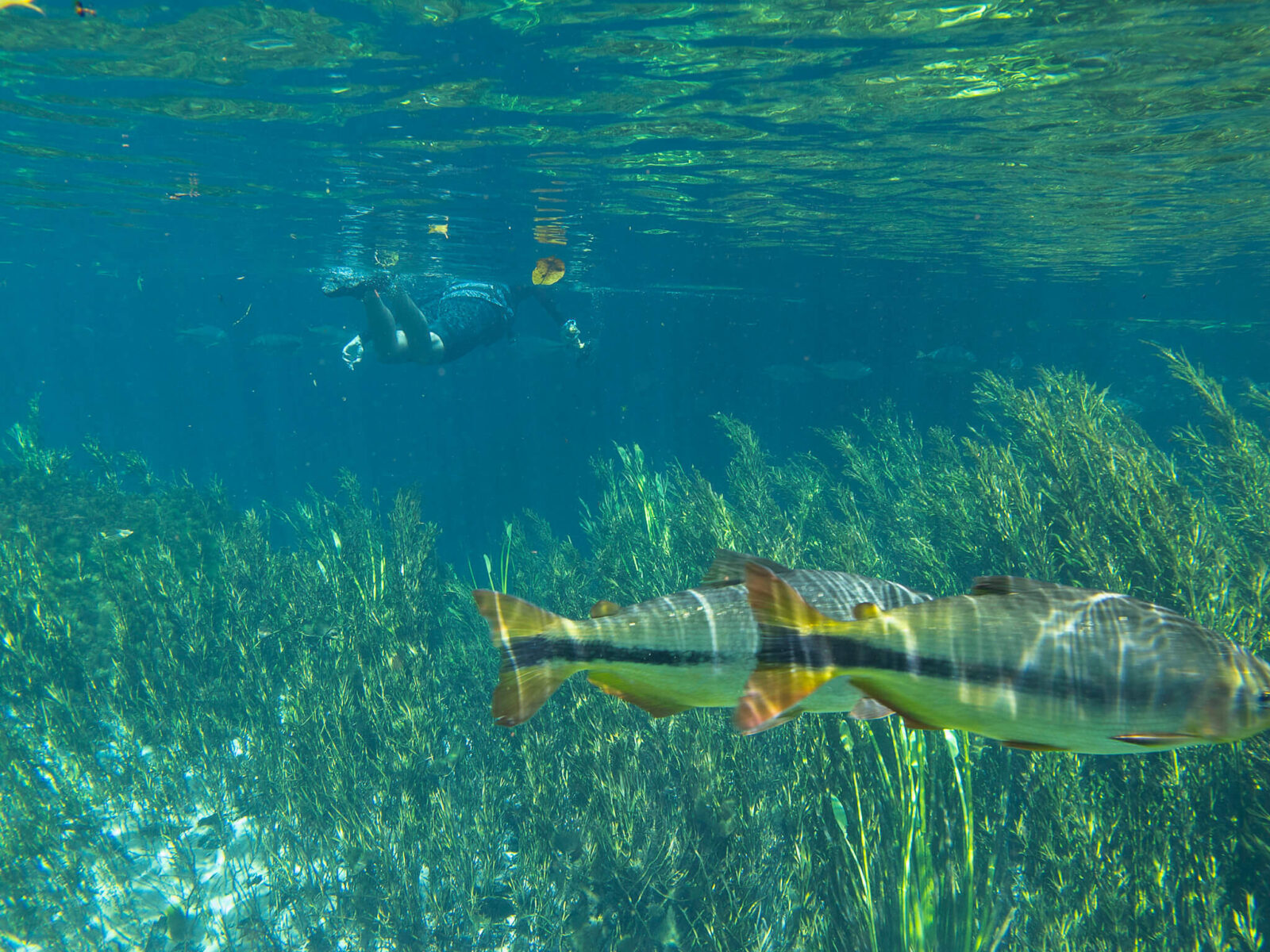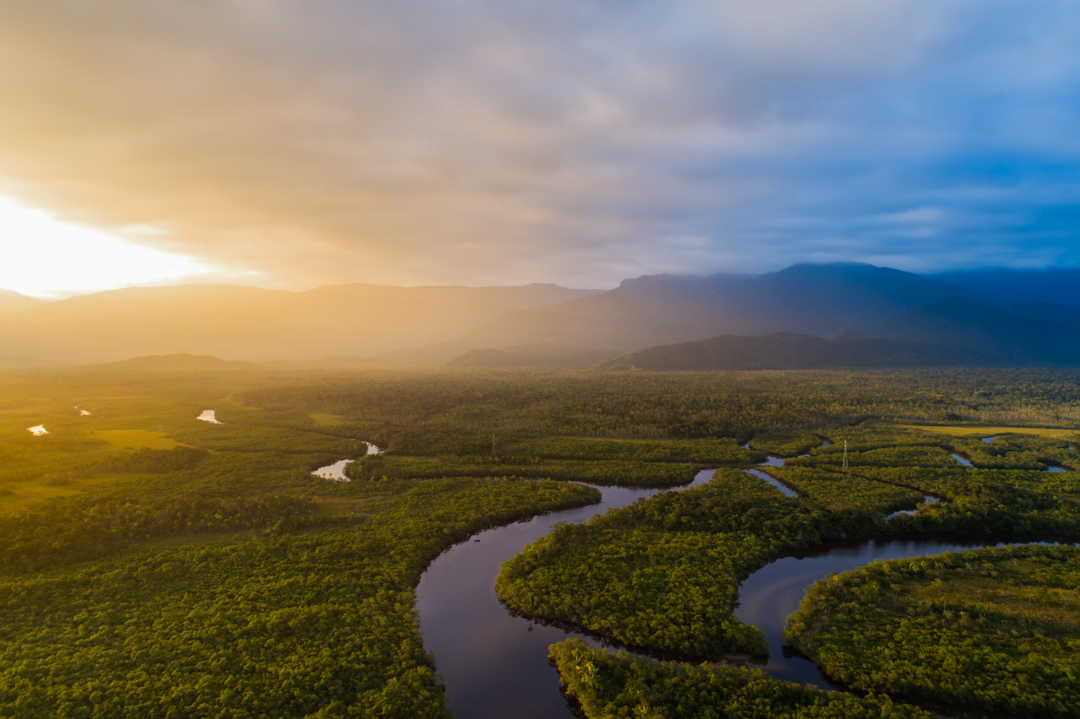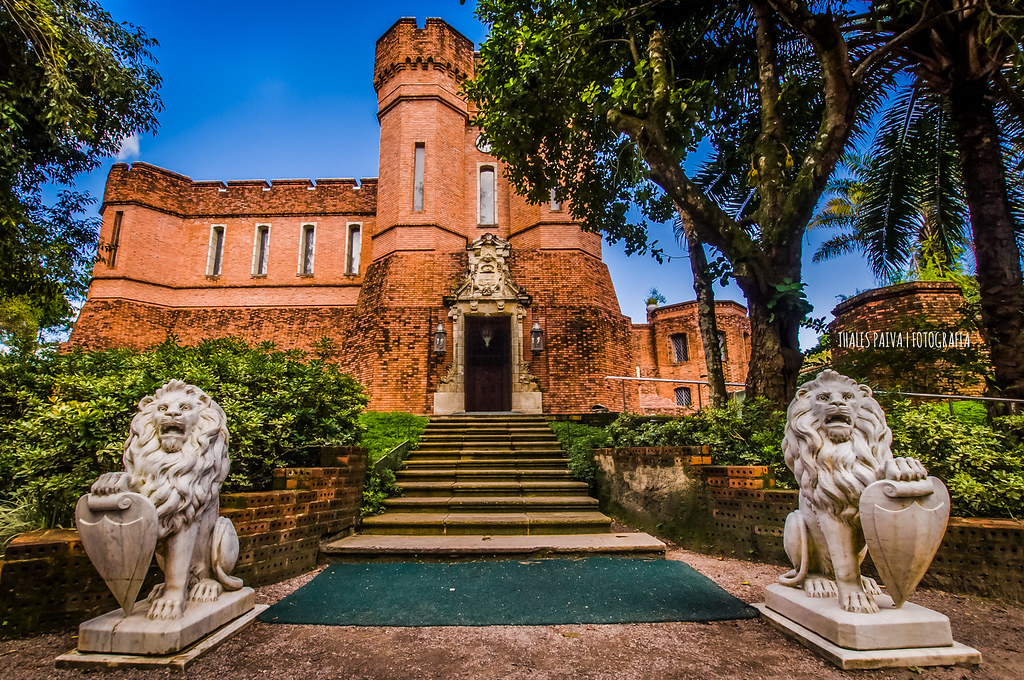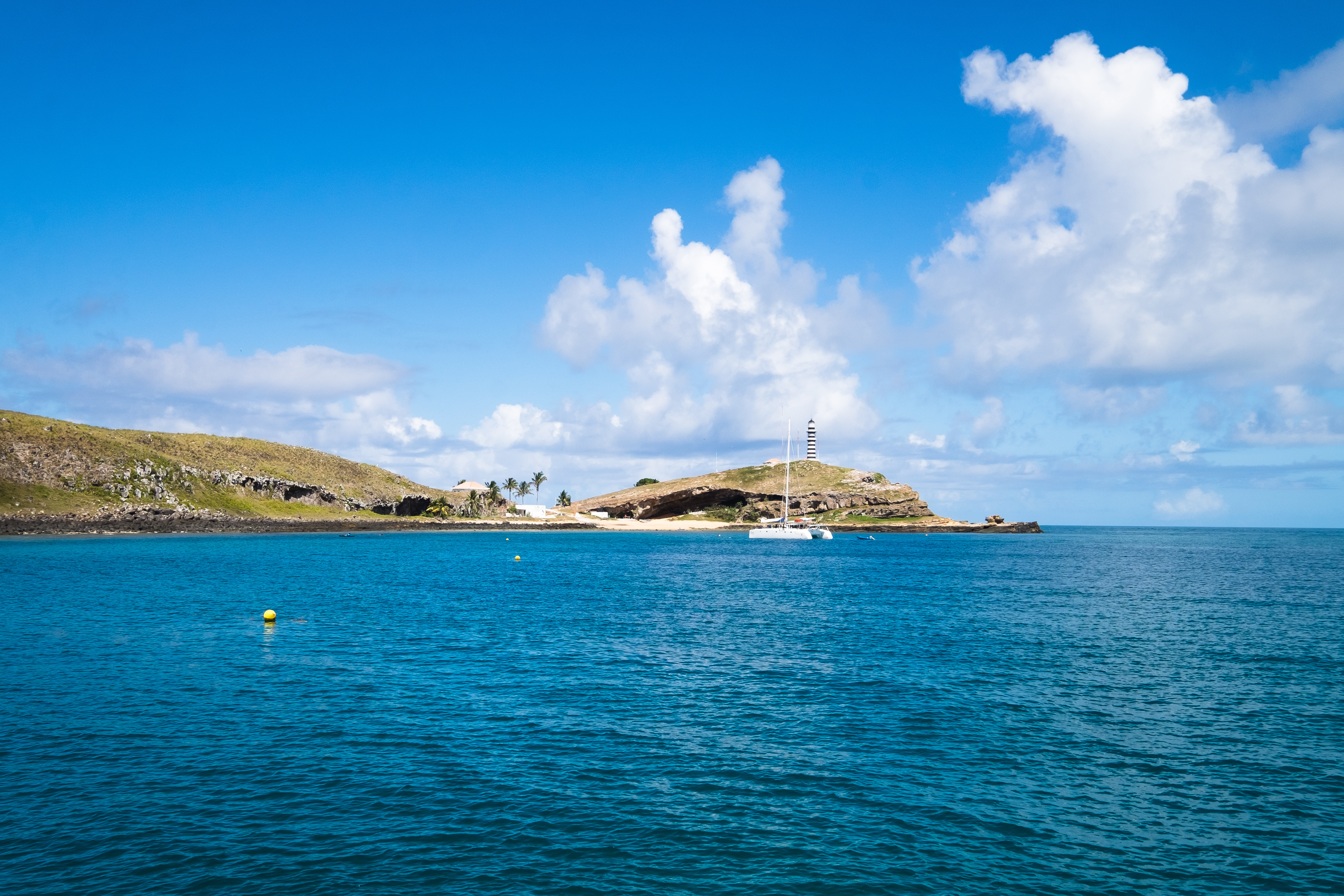Despite being a popular destination, Foz do Iguaçu has many curiosities, starting with its discovery. It was in 1542 that the Spanish Álvar Núñez Cabeza de Vaca, an explorer, reported the discovery of the famous Iguaçú Falls, named by him as Salto de Santa Maria. At this time, the place was inhabited by indians. In 1876, the engineer André Rebouças made the first proposal to Brazilian Emperor D. Pedro II for the creation of the National Park. With one of of the most spectacular waterfalls in the world, it was the second Brazilian National Park to be created in 1939. But it was not until 1986 that the waterfalls were considered a Natural World Heritage Site by UNESCO. The thundering falls are one of the 7 Natural Wonders of the World. Iguazu Falls, which in Guarani and Tupi translate to ‘big water’, It’s part of the largest remaining Atlantic Forest of southern Brazil.
“One of the planet’s most awe-inspiring sights, the Iguazú Falls are simply astounding. A visit is a jaw-dropping, visceral experience, and the power and noise of the cascades – a chain of hundreds of waterfalls nearly 3km in extension – live forever in the memory. An added benefit is the setting: the falls lie split between Brazil and Argentina in a large expanse of national park, much of it rainforest teeming with unique flora and fauna”, Lonely Planet review.
The
park is the largest subtropical rainforest reserve in the world. There are 275
waterfalls up to 80 meters high, making it the second largest waterfall system
in the world – second only to Niagara Falls. Nila
Sweeney, da CNN, once said that “to describe the Iguazu Falls
without gushing superlatives is a futile exercise”.
“The Park protects a rich biodiversity, consisting of representative species of the Brazilian fauna and flora, some of which are threatened with extinction, such as jaguar (Pantheraonca), puma (Puma concolor), broad-snouted caiman (Caimanlatirostris), purple parrot (vinacea Amazona), harpy eagle (Harpy harpyja) peroba pink (Aspidospermapolyneutron) ariticum (Rolliniasalicifolia), araucaria (Araucariaaugustifolia), as well as many other species of great value and scientific interest.” (Iguaçu Park Review)
Iguaçu National Park has 185 thousand hectares, being the largest Brazilian park for the preservation of the Atlantic Forest. Have you heard of coatis? Relatives of raccoons, the coatis are a beautiful attraction of the park and are present in the region of the waterfall trails. Though adventurous and daring, these animals pose no danger, but you should never feed or try to touch them. The animal today is one of the symbols of the nature reserve. Even the word “coati” is derived from the term tupi akwa’tim, which means “pointy nose”. In addition to these friendly animals, 257 species of butterflies were recorded in the reserve. It is estimated that there are about 800. Visiting Iguaçu includes also another curiosity: the triple frontier. Rivers are often used as dividing lines and borders between territories and nations and the natural curve of the Parana River weaves and bends its way alongside Paraguay, Argentina and Brazil.


